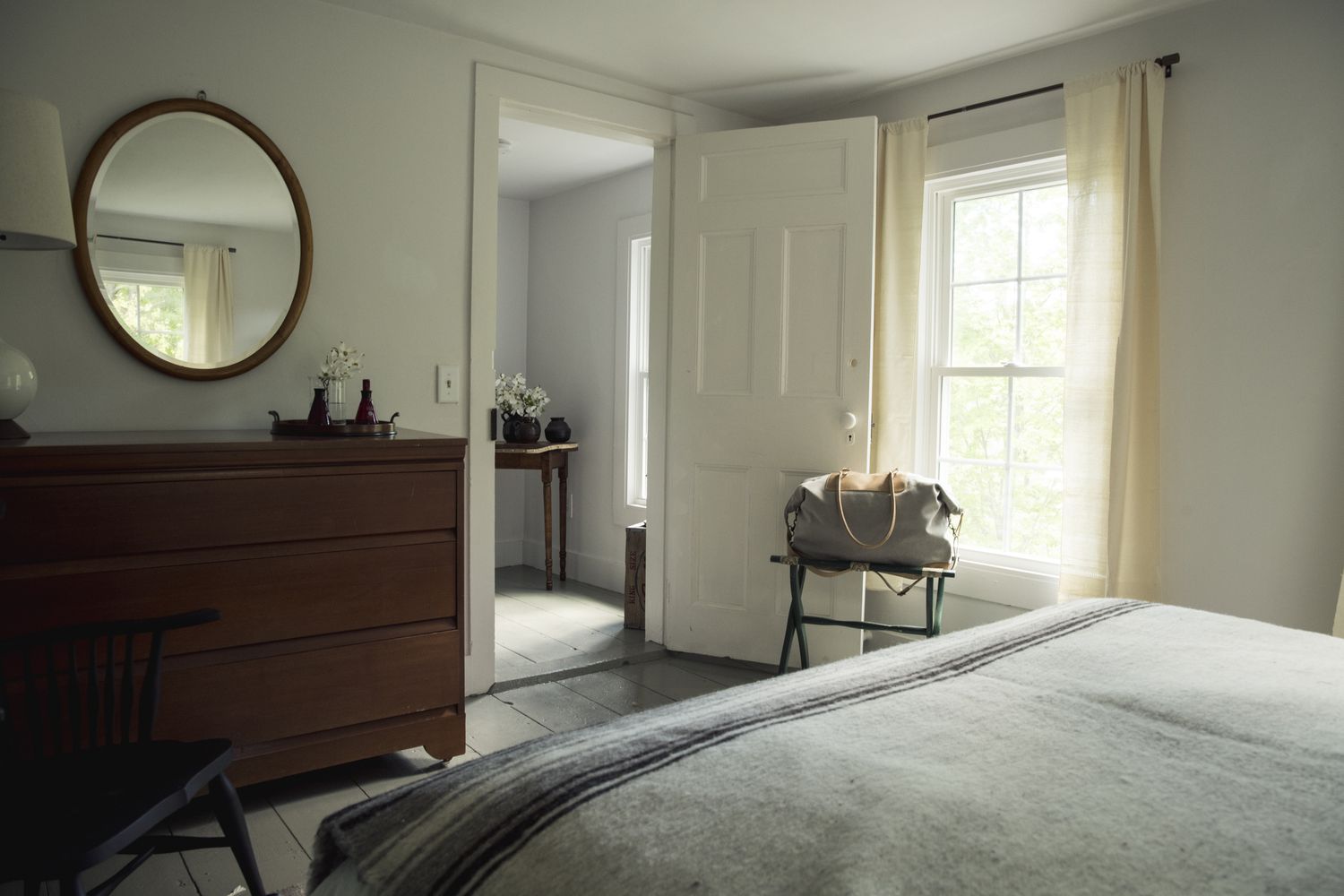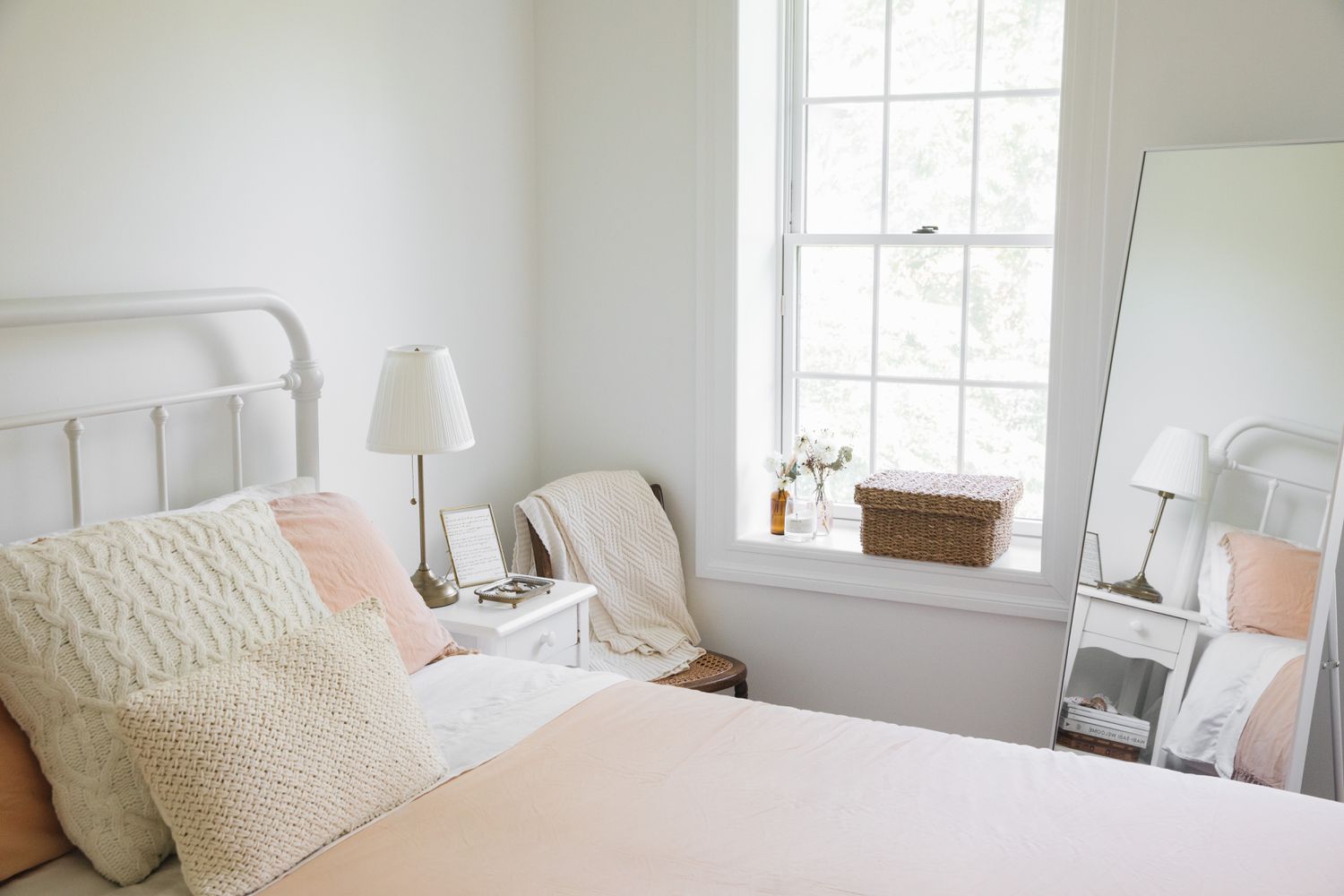Home>Interior Design>Office Feng Shui: 5 Steps To Furnish Your Study Space For Success


Interior Design
Office Feng Shui: 5 Steps To Furnish Your Study Space For Success
Modified: January 7, 2024
Create a harmonious and productive study space with our office feng shui guide. Discover 5 steps to furnish your interior-design focused study area for optimal success.
(Many of the links in this article redirect to a specific reviewed product. Your purchase of these products through affiliate links helps to generate commission for Storables.com, at no extra cost. Learn more)
Introduction
Welcome to the world of interior design where creativity meets functionality. When it comes to designing your study space, it’s not just about having a visually appealing environment; it’s also about creating a space that promotes productivity, focus, and success. One way to achieve this is by incorporating the principles of Feng Shui into your office setup.
Feng Shui, an ancient Chinese practice, is based on the belief that the arrangement and alignment of objects in a space can affect the flow of energy and influence various aspects of life, including career success.
In this article, we will explore five essential steps to help you furnish your study space with Feng Shui principles in mind. From clearing clutter to choosing the right desk and chair, positioning your workspace, organizing supplies, and adding personal touches, we will guide you on how to create a harmonious and energizing environment that will help you thrive in your work.
So, let’s dive in and discover how you can optimize your study space for success!
Key Takeaways:
- Create a harmonious study space by clearing clutter, choosing ergonomic furniture, and positioning your desk strategically. Incorporate nature, personal touches, and positive energy to inspire productivity and success.
- Infuse your study space with Feng Shui principles to optimize productivity and well-being. Clear clutter, choose the right furniture, organize supplies, and add personal touches to create a space that supports your goals and aspirations.
Step 1: Clearing and Decluttering
The first step in creating a harmonious study space is to clear clutter and remove any unnecessary items from your surroundings. Clutter not only creates visual chaos but also affects the flow of energy in your space, leading to feelings of distraction and overwhelm.
Start by going through your study area and removing any items that are no longer useful or relevant to your work. Sort through papers, books, and files, and discard or donate anything that you no longer need. Create designated storage areas for important documents and supplies to keep them organized and easily accessible.
Once you have decluttered your workspace, consider the layout of your furniture. Ideally, your desk should be clear of unnecessary items, allowing for a clean and open space to work. Avoid placing too many decorative objects on your desk, as they can create visual distractions and hinder your focus.
Additionally, pay attention to the cleanliness of your study space. Dust and dirt can accumulate over time, affecting the overall energy of the room. Regularly clean and dust your desk, shelves, and other surfaces to maintain a fresh and inviting atmosphere.
By clearing clutter and organizing your study space, you are creating a foundation for positive energy to flow freely, allowing for increased concentration, productivity, and clarity of thought.
Step 2: Choosing the Right Desk and Chair
One of the most important components of a study space is the desk and chair. These pieces of furniture not only impact your comfort but also play a significant role in your productivity and overall well-being.
When selecting a desk, consider the size and functionality that best suits your needs. Aim for a desk that provides ample workspace for your computer, books, and other materials. It’s also essential to choose a desk with storage options, such as drawers or shelves, to keep your study area organized and clutter-free.
In terms of design, opt for a desk that aligns with your personal style and preferences. Whether you prefer a modern, minimalist look or a classic and traditional design, choose a desk that resonates with you and motivates your work.
Equally important is selecting an ergonomic chair that promotes proper posture and reduces physical strain. Look for a chair that offers good lumbar support and allows you to adjust the height and backrest position. A comfortable and supportive chair will not only enhance your productivity but also prevent potential long-term health issues related to poor posture.
Consider investing in a chair with breathable material to ensure proper air circulation, especially during long study sessions. Remember, your chair should be conducive to long hours of focused work without causing discomfort or distractions.
By selecting the right desk and chair, you are setting yourself up for ergonomic comfort, which can significantly impact your ability to concentrate and perform at your best.
Step 3: Positioning Your Desk for Productivity
The placement of your desk in your study space plays a crucial role in your productivity and energy flow. By positioning your desk in an optimal location, you can create an environment that encourages focus, creativity, and success.
In Feng Shui, it is believed that the command position is the ideal placement for your desk. This position allows you to have a clear view of the entrance to the room while being farthest from the door. This placement gives you a sense of security and control over your work environment.
However, if your study space doesn’t allow for the command position, focus on positioning your desk in a way that allows you to face the entrance or a window. Facing the entrance allows you to stay vigilant and aware of your surroundings, while facing a window can bring in natural light and provide a refreshing view.
Avoid placing your desk directly in line with the door or in tight corners, as these positions can create a sense of pressure and restrict the flow of energy in your workspace.
Additionally, consider the placement of other objects in your study space. Arrange bookshelves, cabinets, or other furniture in a way that promotes an open and spacious environment. Avoid cluttering the walls or the area behind your desk with unnecessary decorations or distracting artwork.
Furthermore, consider the lighting in your study area. Natural light is ideal as it not only enhances your mood but also improves focus and overall well-being. If natural light is limited, incorporate a combination of ambient and task lighting to create a well-lit and balanced workspace.
By positioning your desk strategically and optimizing the lighting in your study space, you can create an environment that fosters productivity, creativity, and a sense of flow.
Position your desk so that you have a clear view of the door, known as the “command position” in Feng Shui. This helps you feel in control and aware of your surroundings.
Step 4: Organizing and Arranging Your Supplies
To create an efficient and functional study space, it is crucial to organize and arrange your supplies in a way that promotes easy access and minimizes distractions.
Start by categorizing your supplies into different groups, such as pens and pencils, notebooks, reference materials, and electronic devices. This will help you create a systematic approach to organizing and storing your items.
Invest in storage solutions that suit your needs, such as desktop organizers, drawers, or shelving units. Utilize these storage options to keep your supplies neatly arranged and within arm’s reach.
When arranging your supplies, consider the principle of proximity. Place frequently used items closer to your desk and within easy reach, while less frequently used items can be stored in designated compartments or further away.
Labeling your storage containers or using clear bins can further help in keeping your supplies organized. This allows you to quickly locate what you need without wasting time searching through cluttered drawers or shelves.
Furthermore, ensure that your cables and cords are managed and concealed to avoid visual distractions and a tangled mess. Consider using cable management solutions or desk grommets to keep wires organized and prevent them from becoming a hindrance to your workspace.
Regularly declutter and reevaluate your supplies to ensure that you are only keeping what is necessary for your work. Remove any items that are no longer relevant or functional to maintain a streamlined and efficient study space.
By organizing and arranging your supplies, you can improve your workflow, minimize distractions, and create a study space that is conducive to productivity and focus.
Read more: How To Feng Shui Your Living Room
Step 5: Incorporating Positive Energy and Personal Touches
In addition to the functional aspects of your study space, it’s important to infuse it with positive energy and personal touches that inspire and motivate you.
Start by incorporating elements of nature into your workspace. Place a small potted plant or fresh flowers on your desk to bring in a sense of vitality and connection with the natural world. Not only do plants add aesthetic appeal, but they also improve air quality and create a calming atmosphere.
Incorporate colors that resonate with you and promote productivity. Different colors have different effects on our mood and energy levels. For example, blue is known for its calming and focus-enhancing properties, while yellow is associated with creativity and positivity. Choose colors that align with your intentions and create a visually harmonious environment.
Display motivational quotes or artwork that resonates with you. These visual cues can serve as reminders of your goals and aspirations, keeping you inspired and focused on your work. Choose artwork that reflects your personal style and brings you joy.
Add personal touches that reflect your interests and passions. Whether it’s displaying a memento from a memorable trip, incorporating a favorite hobby-related item, or showcasing a cherished photo, these personal touches create a sense of comfort and connection to your study space.
Take advantage of scents to enhance your study environment. Consider using essential oils or scented candles with fragrances that promote focus, relaxation, or energy. Experiment with different scents to find the ones that resonate with you and create a conducive atmosphere for working.
Lastly, ensure that your study space is well-ventilated and has good airflow. Open windows regularly to allow fresh air to circulate, or consider using an air purifier to remove any impurities and create a clean and invigorating environment.
Incorporating positive energy and personal touches into your study space helps create a welcoming environment that supports your well-being and inspires you to reach your goals.
Conclusion
Designing and furnishing your study space with intention and incorporating Feng Shui principles can have a profound impact on your productivity, focus, and overall success. By following the five essential steps outlined in this article, you can create a harmonious and inspiring environment that supports your work and personal growth.
Begin by clearing clutter and organizing your space to create a clean and open atmosphere. Choose the right desk and chair that provide comfort and promote proper posture. Position your desk strategically, allowing for optimal energy flow and creating a sense of control.
Next, organize and arrange your supplies to minimize distractions and streamline your workflow. Incorporate elements of nature, color, and personal touches that inspire and motivate you. Surround yourself with positive energy, whether through artwork, motivational quotes, or scents that enhance focus and relaxation.
Remember to regularly reassess and maintain your study space, decluttering and reorganizing as needed. Allow your workspace to evolve with you and adapt to your changing needs.
By incorporating these principles and taking the time to create a study space that aligns with your goals and preferences, you are setting yourself up for success. Embrace the synergy of design and functionality, and watch as your productivity and creativity soar.
Now, it’s time to put these steps into action and design a study space that not only supports your work but also brings you joy and fulfillment. Get started on creating your ideal study space and unlock your full potential!
Frequently Asked Questions about Office Feng Shui: 5 Steps To Furnish Your Study Space For Success
Was this page helpful?
At Storables.com, we guarantee accurate and reliable information. Our content, validated by Expert Board Contributors, is crafted following stringent Editorial Policies. We're committed to providing you with well-researched, expert-backed insights for all your informational needs.















0 thoughts on “Office Feng Shui: 5 Steps To Furnish Your Study Space For Success”